August 7 marked the 75th anniversary of the American landings at Guadalcanal. It was the beginning of an epic six-month campaign in which combat was engaged on the ground, in the air, and at sea—and it resulted in the first American territorial advance in the long drive across the Pacific on the road to Tokyo. Many more 75th anniversary dates marking major events in the Guadalcanal campaign will be noted in The War section of The National WWII Museum’s new website in coming weeks, including the battles at the Tenaru River (Alligator Creek) later in August and Bloody Ridge in September. But for those today marking and remembering those strenuous clashes, I would like to suggest that readers make the time to read a classic of war literature that also emerged from the green jungle nightmare island: Richard Tregaskis’s account of the first seven weeks of fighting, published as Guadalcanal Diary in early 1943, as the campaign was coming to an end.
A war correspondent with the International News Service, Tregaskis volunteered to go to what the troops soon referenced as that “unmentionable (i.e., expletive deleted) island.” Tregaskis literally stood out among the troops at Guadalcanal. He was exceptionally tall (six-feet-six) and exceptionally well educated (he had majored in history and literature at Harvard). But from before the August 7, 1942, landings until he left the island on September 26, Tregaskis willingly shared the experiences and dangers of the troops on the ground. He even hid a personal danger, keeping a stash of insulin in a pocket for any emergency arising from his diabetes, in order to see, hear, smell, and taste the combat experience of these young Americans fighting the Japanese. Returning to Hawaii in October, he wrote up his notes into a book, and the manuscript was accepted for publication in mid-November as the Naval Battle for Guadalcanal was taking place and the military campaign reached its crescendo.
-

On Guadalcanal, American servicemembers battled heat, mosquitoes, disease, dense vegetation, and unfamiliar terrain along with a determined Japanese enemy in an all-consuming, round-the-clock battle. (Image: The National WWII Museum, 2002.069.144.)
-

In my opinion, what makes Guadalcanal Diary stand out, and thus stand the test of time, is the clear and factual manner in which it conveys the new, different feeling of warfare in the Pacific for Americans. Mundane details are transformed in his telling. The realities of what it meant to fight in tall, razor-like grass, to visually search trees in the jungle for snipers, to eat cold food, to find decomposing enemy bodies in the jungle, and to contend with tropical heat, humidity, and the strange diseases that accompanied these conditions all refocused what might have previously been perceived as a sunny island paradise into the hellish battleground it was. The conversations by ordinary Americans fighting far from home that Tregaskis recounts also ring with truths that can clearly be grasped by readers back home. Ranging from racist banter and the dehumanization of the Japanese enemy, to the shared and ordinary discomforts of jungle warfare, to the extraordinary bonds forged between fighting men and the stoic heroism that characterized their perseverance in the face of death and loss, Guadalcanal Diary provided Americans who would never encounter combat during World War II a realistic insight and feeling for what life was like on the front lines against the Japanese.
While writing the manuscript for Guadalcanal Diary, Richard Tregaskis experienced profound and acute emotions as he recounted the stories of the men he had lived with on the island, and was grateful that he was still alive. Tregaskis himself became a casualty of World War II later in 1943, when in Sicily a piece of German shrapnel went literally through his brain. After intense therapy, Tregaskis recovered his ability to speak, and the use of his right hand—his writing hand. His voice was never stilled. For us today, there remains no better path to understanding and remembering the human meaning of the battle on Guadalcanal than by reading his diary.
Keith Huxen
Keith is the former Senior Director of Research and History in the Institute for the Study of War and Democracy at The National WWII Museum.
Cite this article:
MLA Citation:
APA Citation:
Chicago Style Citation:
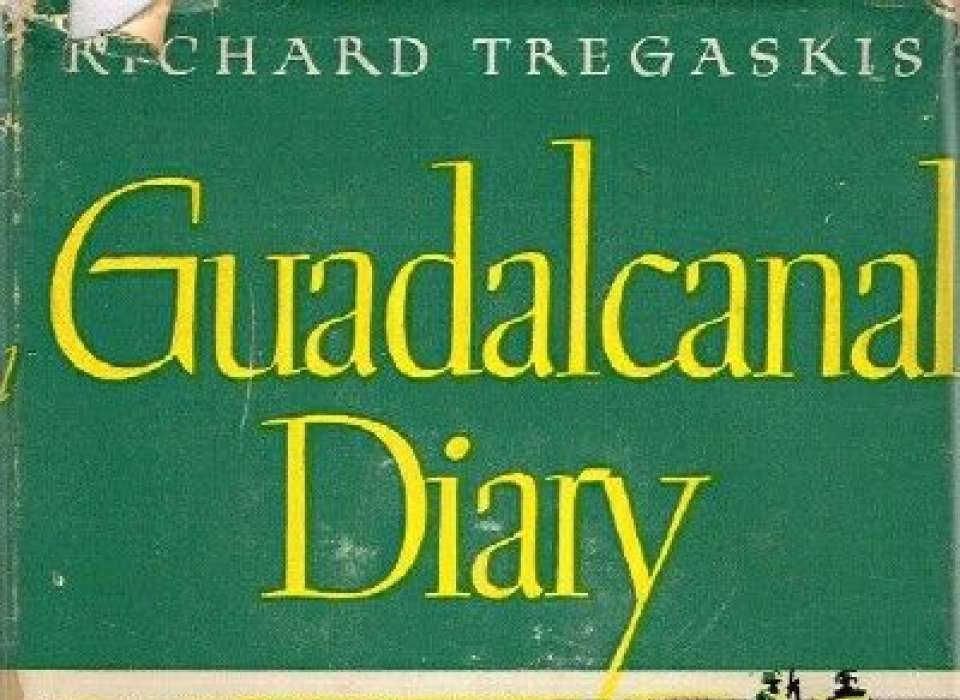
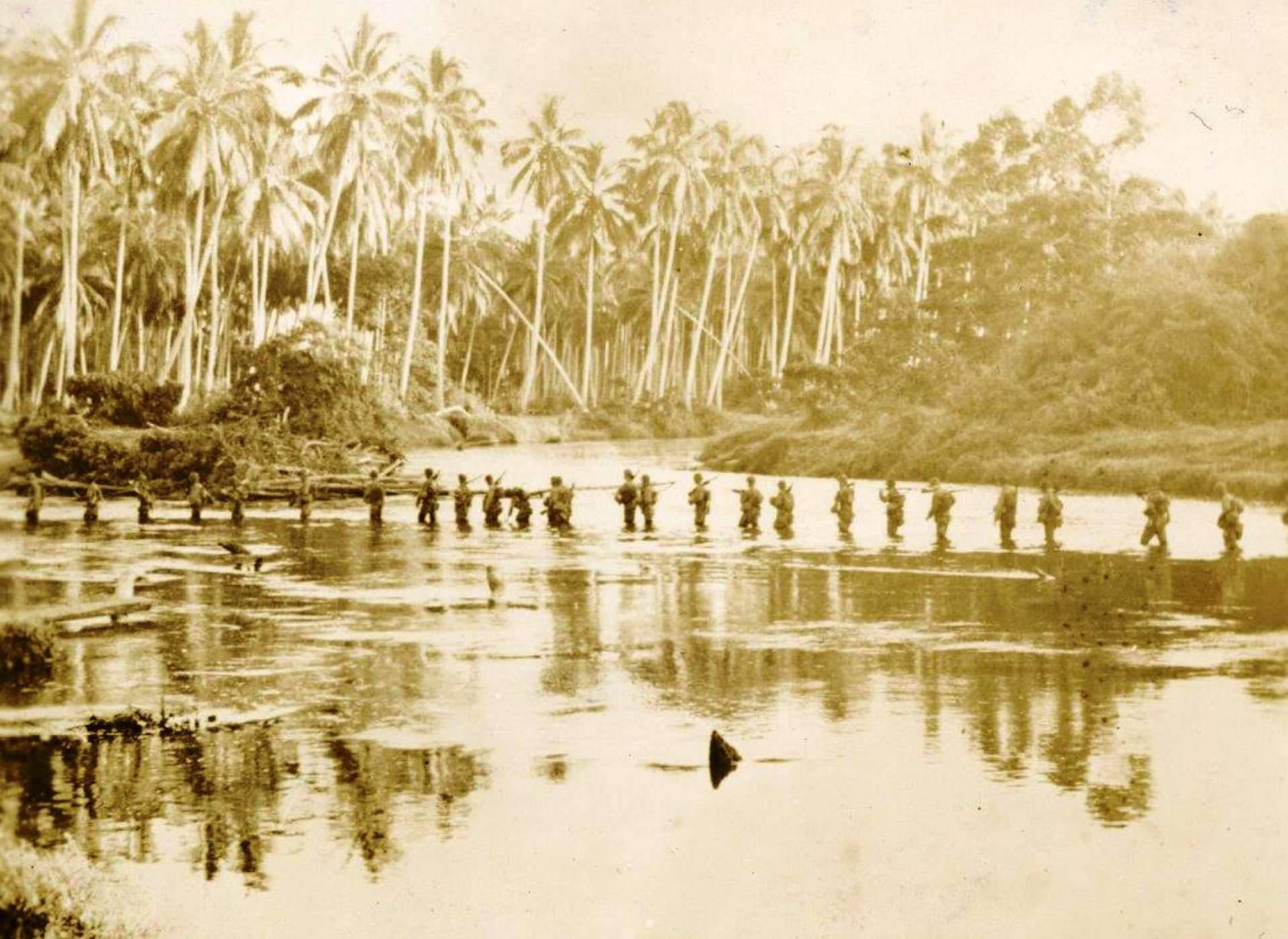
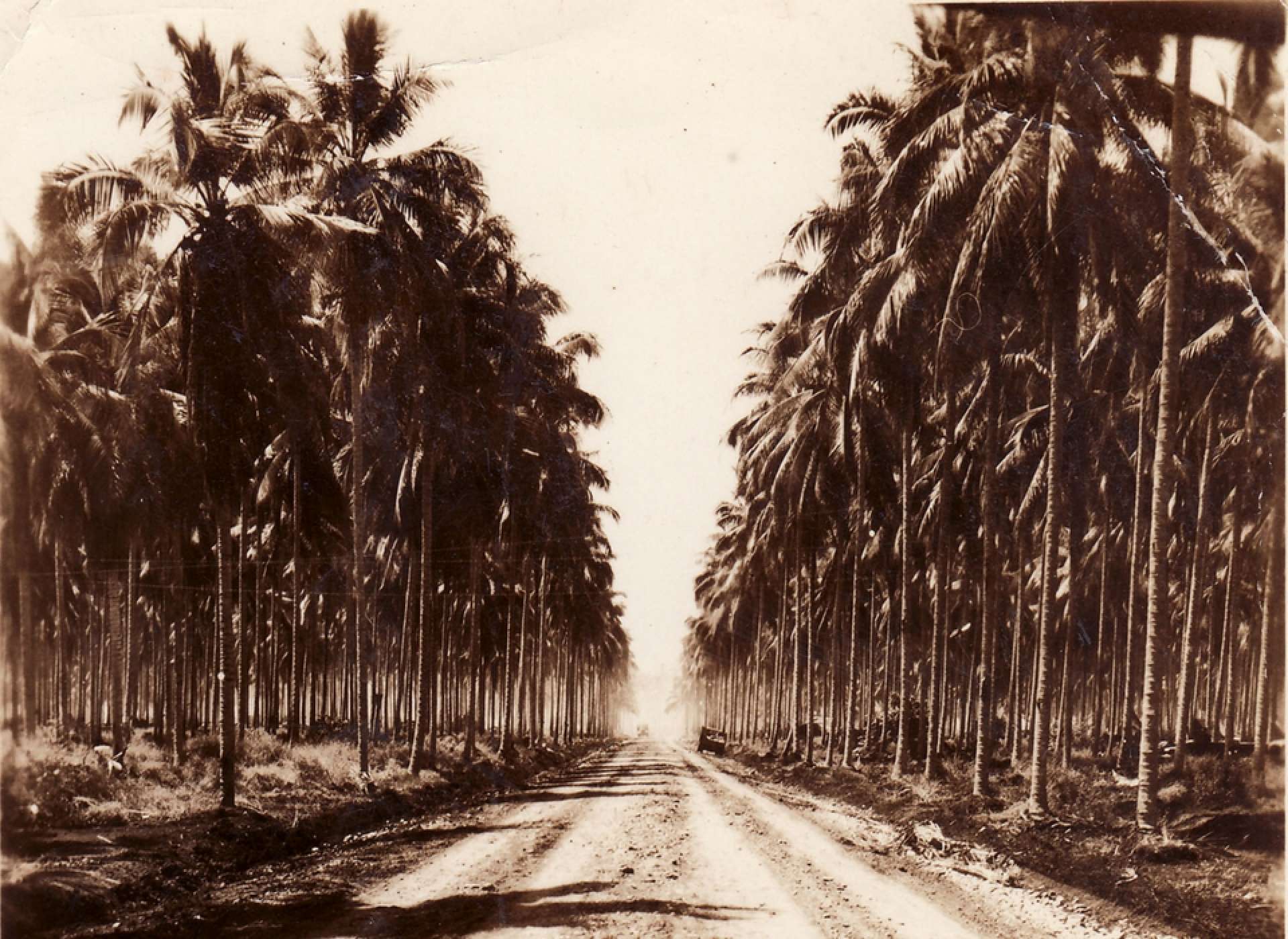

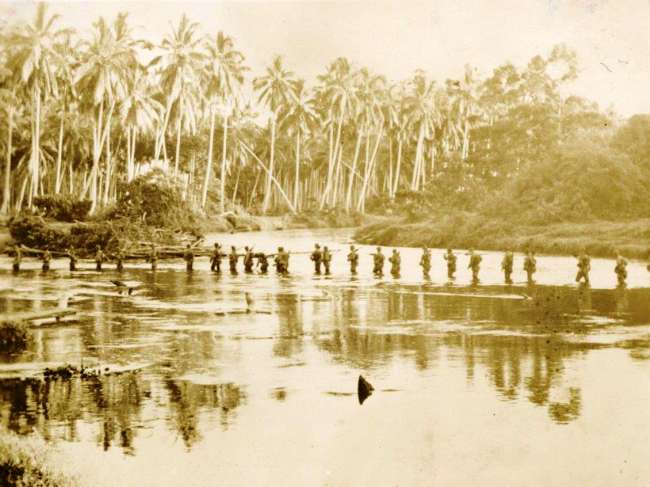
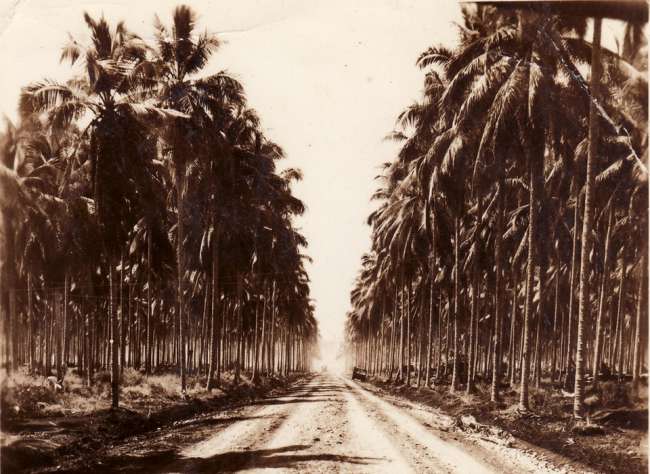
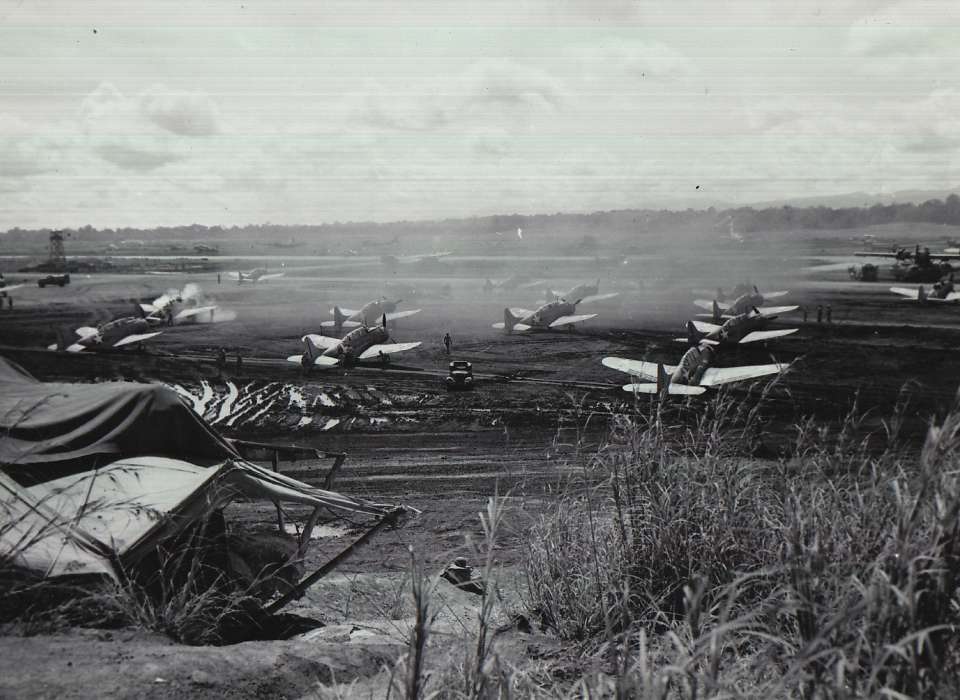





![Max Fuchs, New York City cantor, sings as Rabbi Sydney [sic] Lefkowitz, Richmond, VA, conducts the first Jewish services from Germany.](/sites/default/files/styles/max_650x650/public/2025-10/image1.jpg)

